Teach kids to read in Cantonese is challenging!
Before telling you the reason, let me ask a few questions.
- Do you know in Cantonese, what we read is not how we speak?
- Did you know I never learned romanization to help with reading Cantonese?
- Did you know there are many words spoken in Cantonese that can’t be written?
The beauty of this language is fascinating. After being a Cantonese teacher for 18 months I began to understand how complex it is. I also gained a solid foundation to help me teach my children Cantonese.
In this post, I share some great Cantonese-English books for kids. Also, I share a list of activities to do with these Cantonese-English books.
This is a sponsored post. I received one of My First Animals in Cantonese and English & Goh Goh and Dai Dai’s Big Day with Elephant as compensation for writing a review. I was not required to write a positive view, and all opinions expressed here are my own.
The post contains affiliate links, which means I may receive a small commission, at no cost to you. If you make a purchase through a link. See the Disclosure for more details.
Table of Contents
I am a native Cantonese speaker and taught Cantonese and Mandarin in schools. I have lots of experience and I still found teaching my kids to read in Cantonese challenging.
Here is why.
Challenges of Teaching kids how to Read Cantonese
When my kids would try the same approach for learning to read in Cantonese as they did to read English.
First, they tried to read every single Chinese character out loud in Cantonese, but it didn’t make any sense.
I knew it wasn’t working because what we read is not how we speak in Cantonese.
They felt frustrated and lost interest. It was confusing and hard to understand.
Even though I was anxious to teach them Chinese characters, I stopped!
I didn’t want them to hate reading in Chinese so I focused on reading Chinese books in spoken/colloquial to them. I did this for a year.
Yes, I gave up on what I thought was the most important thing for learning Chinese and focused on fitting my kids’ needs.
Have you had a simial experience?
Are you also struggling with when and how to teach your kids how to read in Cantonese?
Feel free to let me know in the comment below. Provide details and I will give advice.
Want to know more about the relationship between Cantonese and written Chinese? Read more here.
Strategies of teaching kids reading in Cantonese
YES! I glad I took a step back and didn’t force what I wanted on my kids, but chose to do what my kids needed.
During that year, their interest and motivation for speaking and learning Cantonese increased!
Why? Because they understood all the content.
They felt included, confident, and encouraged to learn more!
RELATED ARTICLE: How I Motivate my Children Reading in Cantonese and English
Strategies I use to support Cantonese Learning
Our environment
Create a language-rich environment to learn Cantonese at home. Surround them in the language. Our kids listen to Cantonese songs, read books in Cantonese, watch Cantonese movies. They look at pictures of Hong Kong and my family and eat and cook different Chinese food all the time.
Our priority
Making sure our kids enjoy reading Chinese books is a top priority, We try our best to make it happen. For example, we turn off the TV and read books as a family, we don’t over-schedule so we won’t miss our daily reading time, etc.
Resources that we have
We do not live in Hong Kong anymore and need resources and support to keep it up. These are the must-have resources for kids learning Cantonese at home:
- Chinese Books (I made themed vocab & mini-books in both Cantonese & Mandarin)
- Cantonese music, storytelling, and podcast
- And more I’m will show you
Suggested Resources and Activities for Reading in Cantonese
Want a book with Chinese characters, Cantonese romanization, English, and beautiful colorful illustration?
It’s not a dream anymore!
I found amazing Cantonese-English books for kids and they have everything.
Let me show you!
ABOUT THE AUTHOR
Karen Yee is a native Cantonese and English speaker who grew up in the United States. A graduate of Stanford University and The Wharton School, she is passionate about language and multilingual parenting.
She was a National Spelling Bee finalist, taught English in Japan, and currently leads a language specialist team at Google.
Upon becoming a parent, she was determined to raise her son bilingually. However, she soon discovered there are very limited materials for learning colloquial Cantonese. Most “Cantonese” books focus on formal Chinese and aren’t appropriate for learning conversation, and very few include the Cantonese pronunciation for Chinese characters.
She created the “Chinese-English Book for Kids” series based on what worked for her own family.
Karen loves hearing about bilingual parenting and sharing Cantonese culture and language, and can be reached at everydaycantonese@gmail.com.
(Bio is from Amazon.com)
Karen’s Cantonese-English books
Let me show you these three books today
- My First Everyday Words in Cantonese and English (I have written a review for this books already)
- My First Animals in Cantonese
- Goh Goh and Dai Dai’s Big Day with Elephant (Cantonese-English)
My First Animals in Cantonese: Cantonese for Kids
Basic Information
- Title: My First Animals in Cantonese: Cantonese for Kids 動物 – 粵英對照
- Author: Karen Yee
- Publisher: Green Cos Press
- ISBN-10:0-9992730-0-0-0/ ISBN-13:978-0—9992730-0-5
- Age level: Birth – Age 6
- Where to buy: you can get it from Amazon here
Summary
This book uses a first-person view and takes our children on several field trips. An adventure to a farm, zoo, park, and oceanside. All while focusing on teaching vocabulary, phrases, and questions in Cantonese.
The book takes us from one location to another, while getting to know the animals and ends back at home.
What to Expect?
50+ Vocabulary words. Including the most common animals at a farm, zoo, park, and the oceanside:
Farm Animals:
- cat
- dog
- turkey
- pig
- chicken
- cow
- goat
- horse
- sheep
Zoo Animals:
- hippo
- elephant
- gorilla
- monkey
- leopard
- giraffe
- ostrich
- flamingo
- cheetah
- crocodile
- zebra
- porcupine
- rhinoceros
- lion
- wolf
- bear
- fox
- tiger
- red panda
- giant panda
- kangaroo
- koala
- parrot
- peacock
- camel
- penguin
- polar bear
- seal
Park Animals:
- duck
- swan
- goose
- squirrel
- rabbit
- deer
- lizard
- frog
- skunk
- owl
- mouse
- raccoon
Oceanside Animals:
- whale
- killer whale
- shark
- dolphin
- hammerhead shark
- squid
- stingray
- cuttlefish
- sea star
- shrimp
- octopus
- seahorse
- fish
- jellyfish
- seashell
- sea lion
- sea turtle
- crab
Useful features for teaching kids Cantonese
Daily life Common phrases and sentences
The books contain beautiful photos and big, clear fonts. But there is also are over 20 phrases/sentences to help teach our kids Cantonese.
I have divided them into the following categories:
Questions & Answers
- We’re going to the… We’re there!
- Do you see the… I see a…
- What do you want to see? I want to see a…
- Where are we going?
- What do you like most? I most like…
- What is that? That’s a…
Expression
- So much fun!
- …’s climbing the tree!
- So very tall!
- Lots of animals!
- It’s very cute!
- We’re there!
- Very pretty!
- Look at it walk!
Sentences
- The … is very big.
- I like the …
- The … jumps!
- The …‘s swimming!
- Going home!
Help to pronounce words for beginners
This is not a typical Chinese book for learning a language. Typical methods, especially for Cantonese, don’t always work when reading in written Cantonese.
In all her books, Karen uses conversational phrases. They focus on colloquial Cantonese, not formal written Chinese.
Under each Chinese character, you’ll find a Jyutping pronunciation and a phonetic pronunciation. These books also include a color-coded English translation.
A Video of my 6 years old reading this book in Cantonese
Activities that you can do with this book
- I -spy
- Make flashcards and match the words with pictures in the book
- Form sentences from the phrases in the book
- Bring it along to the zoo or field trip, and put a sticker on the animals when we see them
- Find the similar radicals in characters (for age 5+)
- Pretend to play/role-play: be a tour guide at the farm, zoo, park, or ocean. Use questions and phrases from the book
Goh Goh and Dai Dai’s Big Day with Elephant
Basic Information
- Title: Goh Goh and Dai Dai’s Big Day with Elephant哥哥弟弟好開心的一天
- Author: Karen Yee
- Publisher: Green Cos Press
- ISBN-13: 978-0-9992730-6-7
- Age level: age 4+
- Where to buy: you can get it from Amazon here
- Language versions: Traditional Chinese with Pinyin, Simplified Chinese with Pinyin, Cantonese & English
Summary
In this book, a new guest, an elephant, arrived and wanted to play with the big brother and little brother. They played the whole day from home, backyard, and outside, also from dinner, bath, to bedtime story.
And there is a little surprise at the end of this book that warms my heart.
You will find out when you read the book or watch this video.
What we learn from this book
Cantonese Vocabulary to use in daily life
On most of the pages, there are a few simple sentences with a list of vocabulary words on the side. It is a finding book with a storyline.
For example, when they were in the backyard.
The book talks about who wants to go play in the backyard, and what the brothers like. Then there is a list of extra vocabs to find in the backyard.
It is useful for expanding children’s vocabulary in an easy setting and context.
Pronunciation Guide to help beginners
All Karen’s books use conversational phrases. They focus on colloquial Cantonese, not formal written Chinese.
Under each Chinese character, there is:
- Jyutping
- Phonetic pronunciation
- English translation
Teaching part-of-speech
Karen added color-coding for the following parts-of-speech:
- Verbs
- Nouns
- Other (phrases, adjectives, etc.)
First, it makes the entire books look more colorful.
Second, It helps match the Chinese characters with the English translation and other pronunciation guides.
It makes it easier for kids to decode the sentences by categorizing the different part-of-speech.
Video of my 6 years-old reading it in Cantonese
Activities that you can do with this book
- Read aloud the story and act it out together
- I-Spy game (find the items on the side of each page)
- Read with an elephant big puppet or small finger puppet/other stuff animals
- Talk about our schedule in Cantonese (e.g.: what do we do or not do every day)
- Learn about verbs/nouns (through drawing a picture, acting out loud, flashcards…)
- Label different daily items with Chinese labels around the house
- 收賣佬 (the buyer)
Extra: Cantonese Books for beginners
I also created some very simple Chinese books for Cantonese learners.
I have included written Cantonese & spoken/ colloquial Cantonese as well.
Hope all these resources are helpful.
Enter the Giveaway here
(Closed)
Have you tried any of the resources & activities that I mentioned?
If you have, let us know in the comments below. We’d love to hear your experience, small and big wins, and even struggles.
Feel free to tag photos with @fortunecookiemom or use the hashtag #teachingchineseathome. This way more people can learn from you.
You Might Be Interested:
- A Cantonese picture book for your little kids
- How I Motivate my Children Reading in Cantonese and English
- How To Read To Your Child When Your Cantonese Is Not Fluent from Cantonese for Families
- Q&A: How to pass on both Cantonese and Mandarin Chinese as minority languages? From Multilingual Parenting
Teaching Chinese at Home
- How to Start Teaching Chinese at Home
- Chinese: The relationship between spoken and written form
- Writing Chinese Characters: 10 tips for teaching young children how to write Chinese characters
- Teaching Chinese with Theme-Based Approach: Chinese Theme Packs
- How to Create a Language Rich Environment to Learn Chinese at Home
- How to Make Cantonese-Style Rice Dumplings with Kids
Homeschooling Tips
You Are Not Doing it Alone
Join my Facebook support group to meet and get connections with parents and educators with the same goals.
After being a member, you can attend all the special LIVE training, events, and activities together.
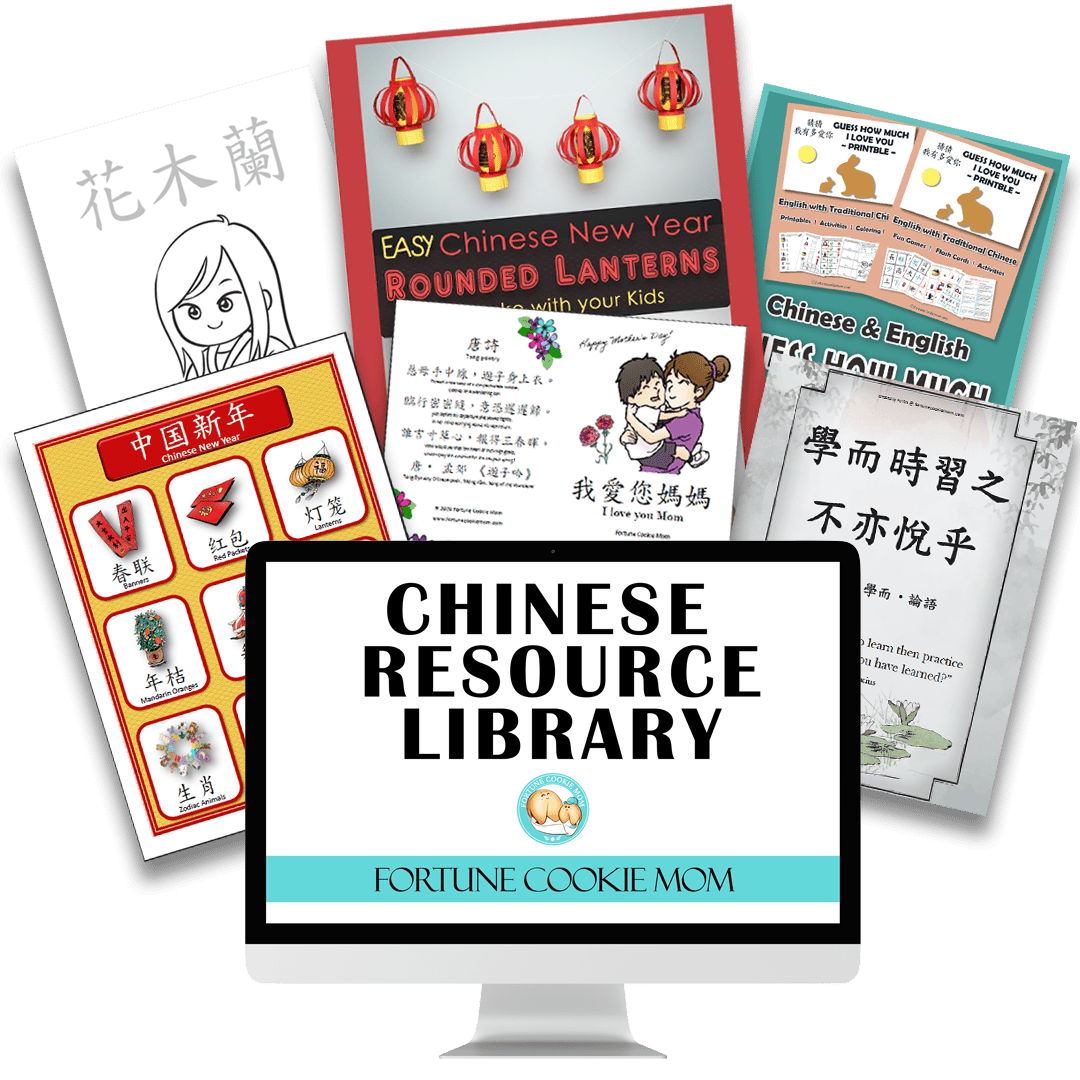
身为职业妈妈的我,常常牺牲睡眠来自作教材。版主全方位学习的新年教材真让我省下不少宝贵的时间找资料。四岁的女儿对中文学习有点抗拒。我们善用版主提供的迷你故事书和生字卡来增强她对语文的认识。版主的中文单词棋盘游戏更让女儿投入学习, 因为她想赢嘛!版主的教材可让小孩边玩边学, 太棒了。
This is the second 5-Day Challenge that we have done with Fortune Cookie Mom. Both have been very beneficial to our family. I am a homeschool mom of three little kids. We are not Chinese and do not speak any Chinese. With the help of Fortune Cookie Mom, we are slowly learning! The challenges have given me fun activities to do at home with the kids. Each one has reignited my kid's interest in learning. It has been a fun experience for everybody!
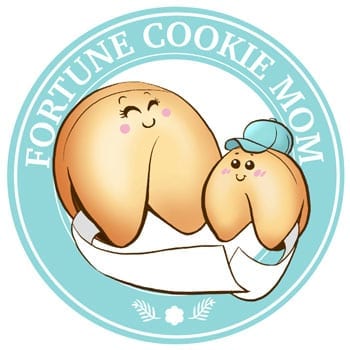
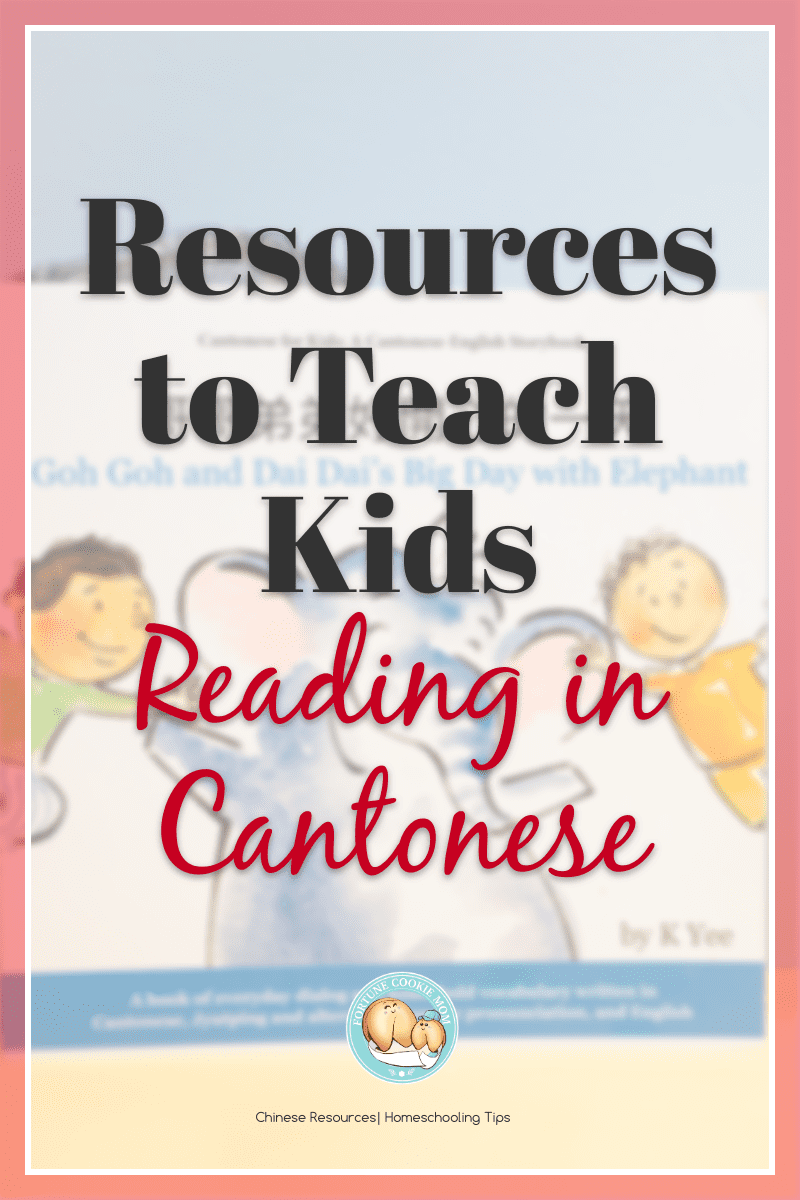

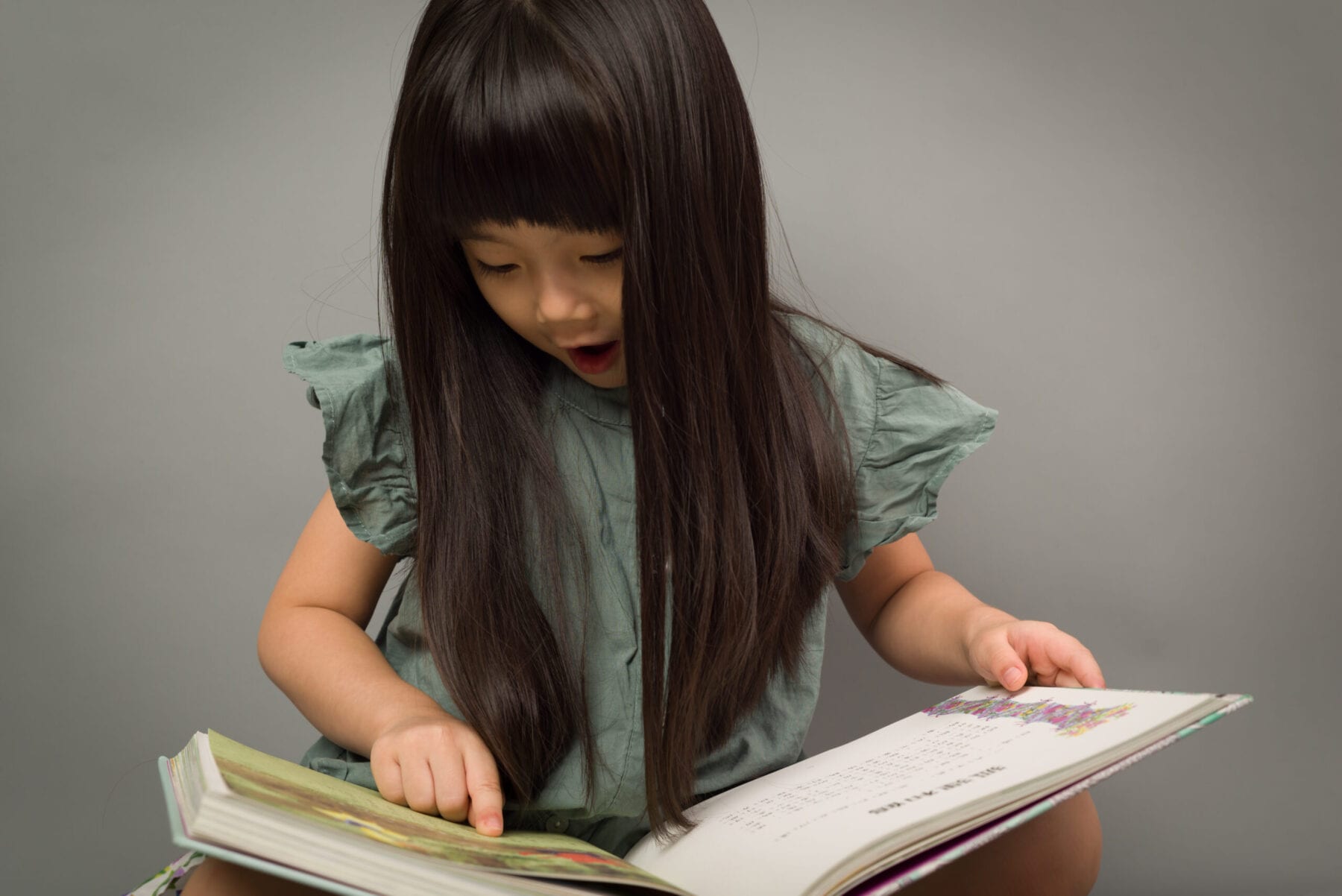
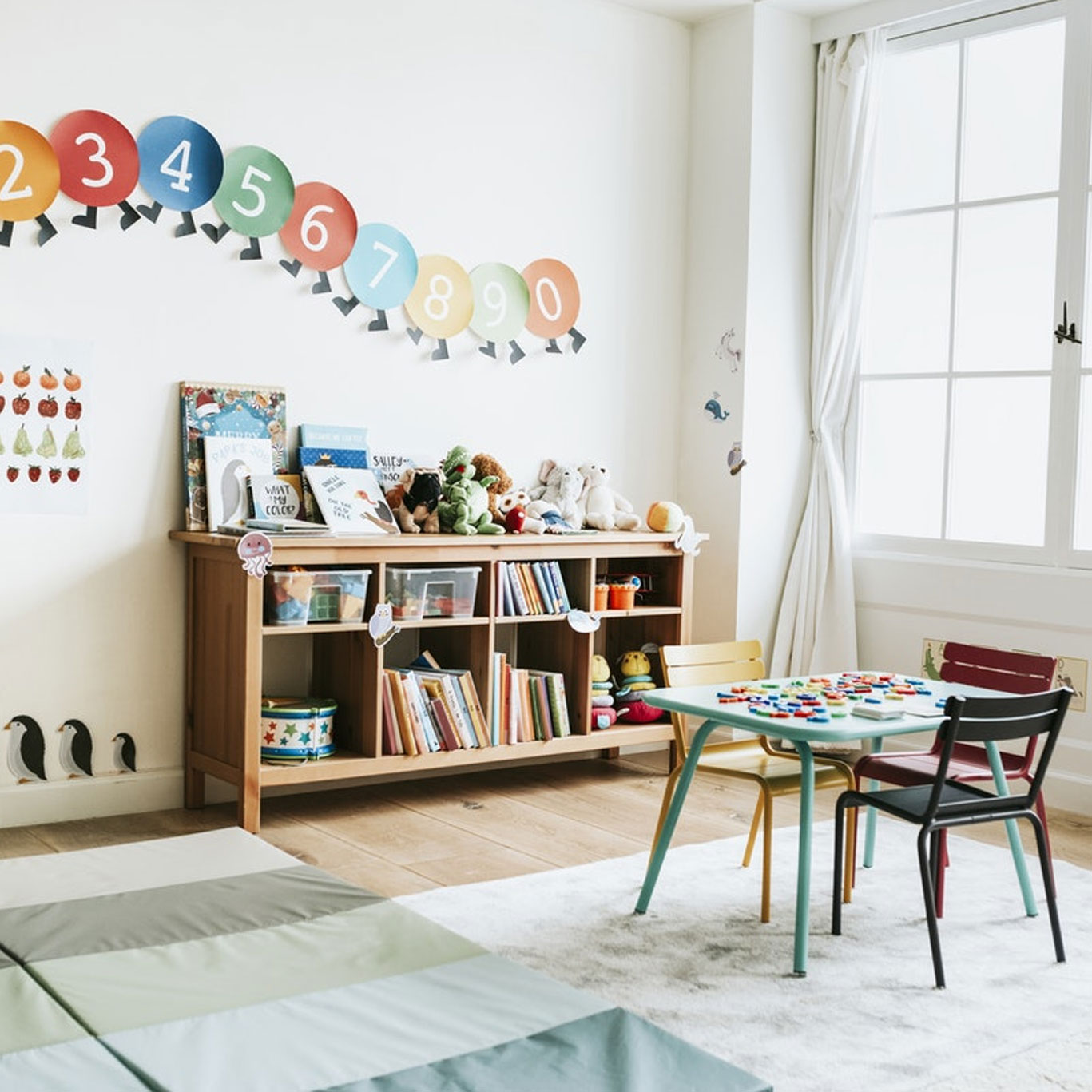
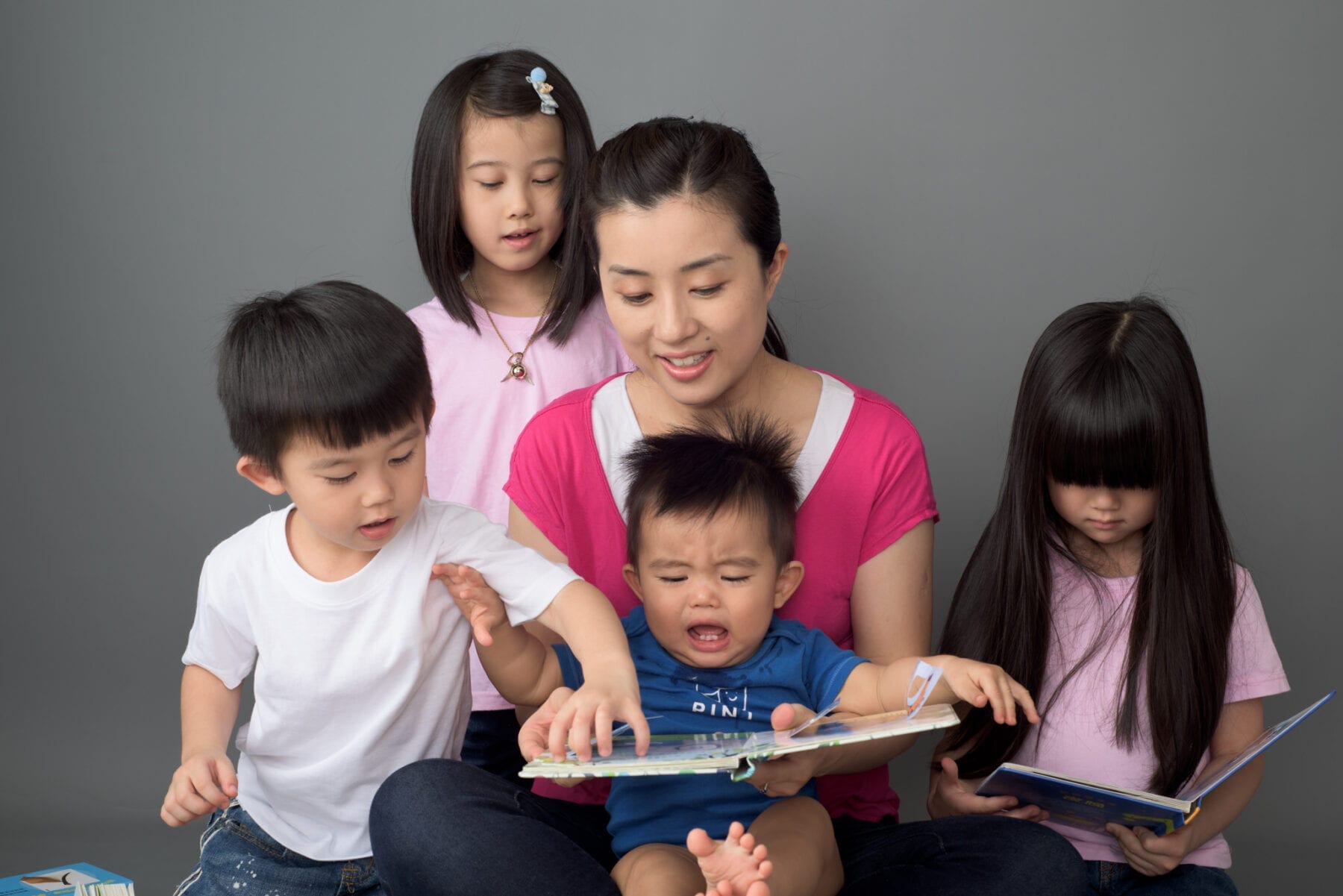
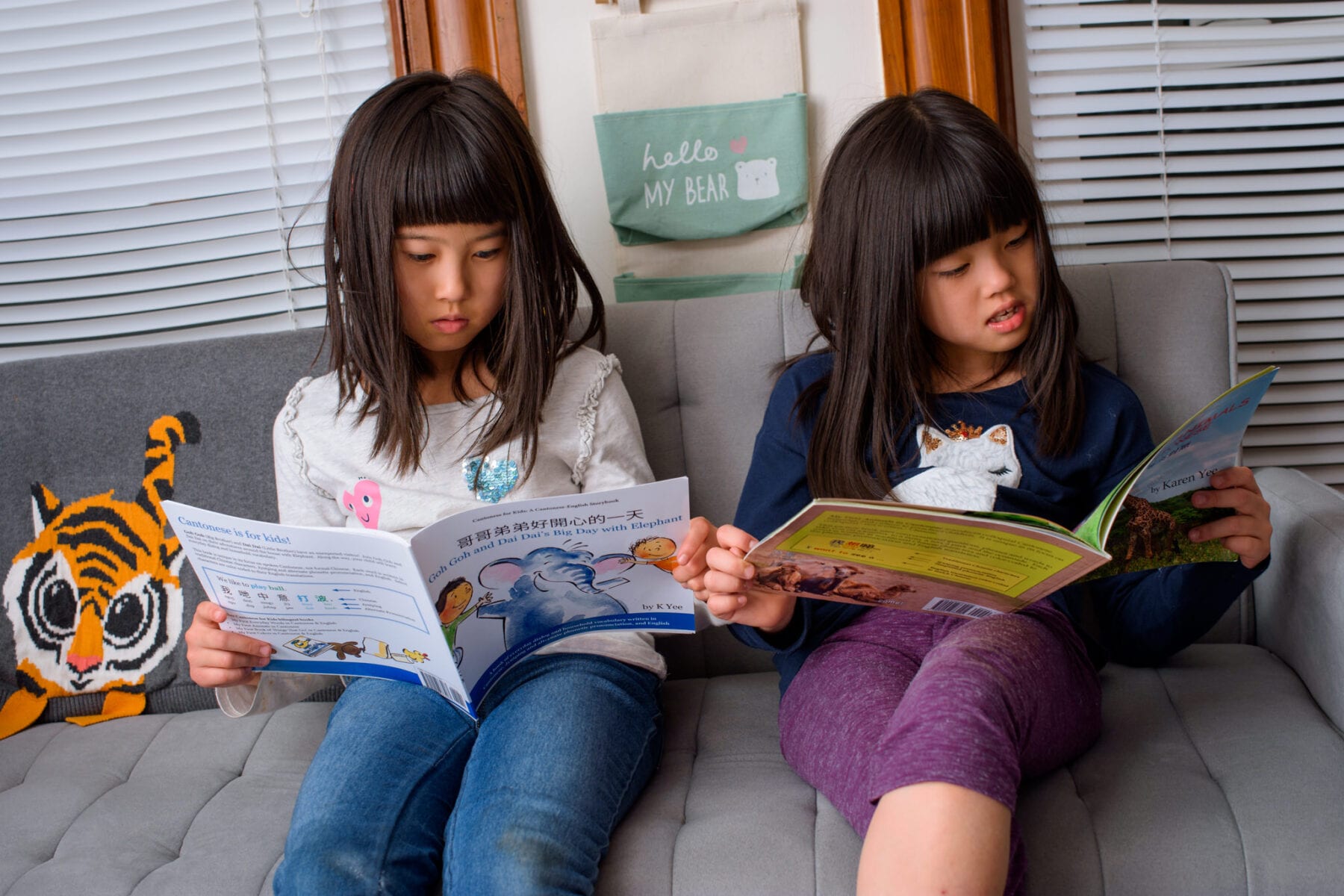
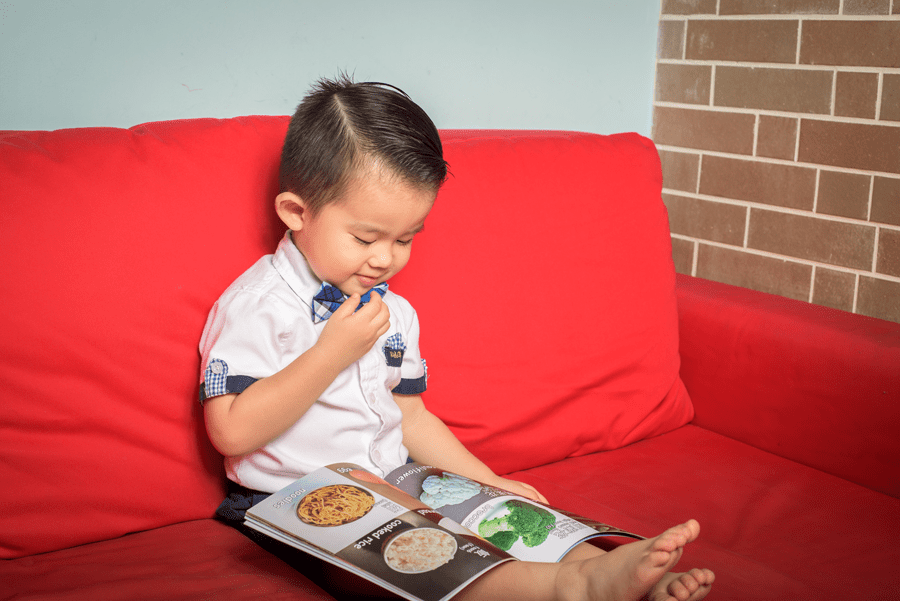

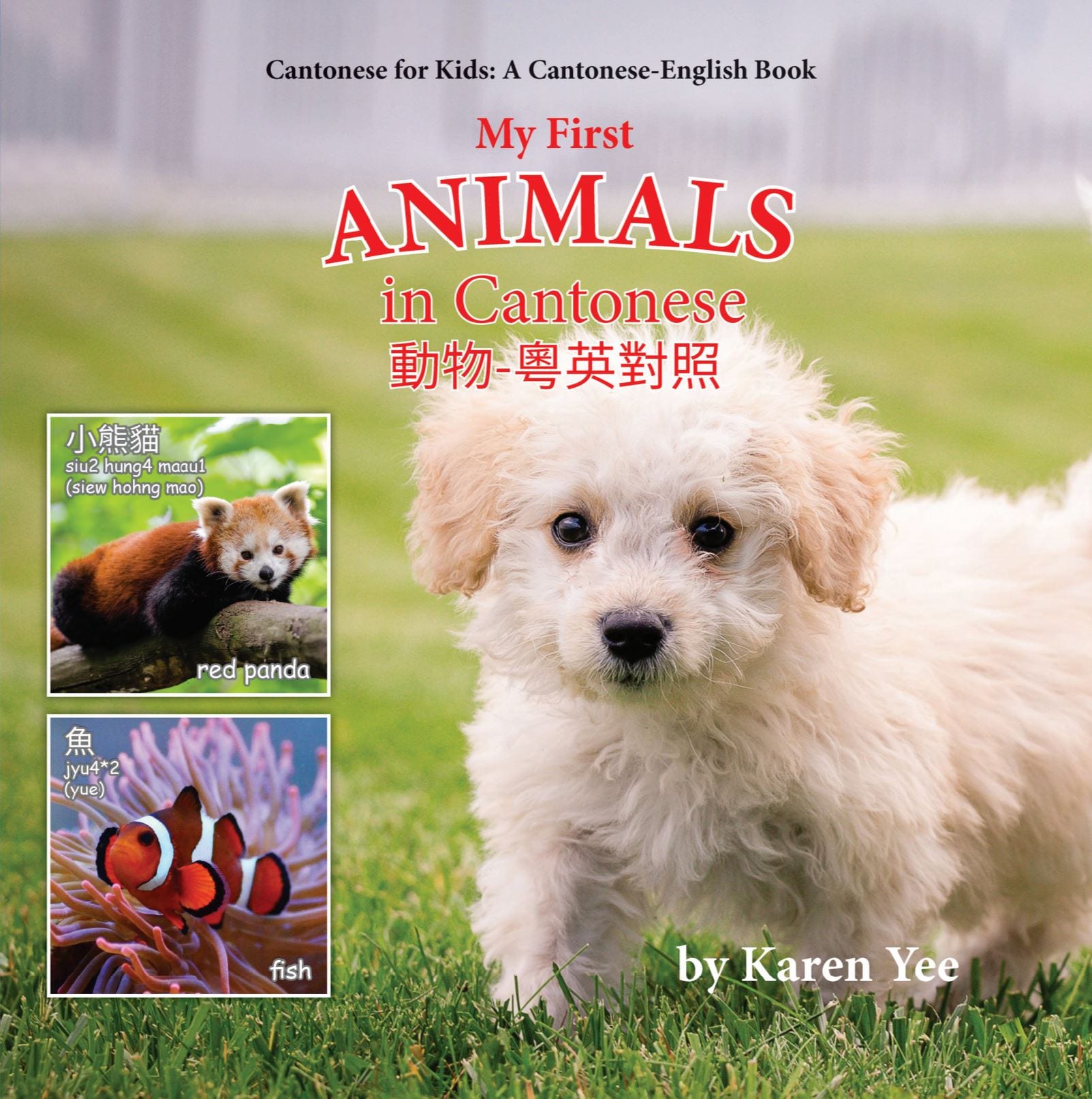
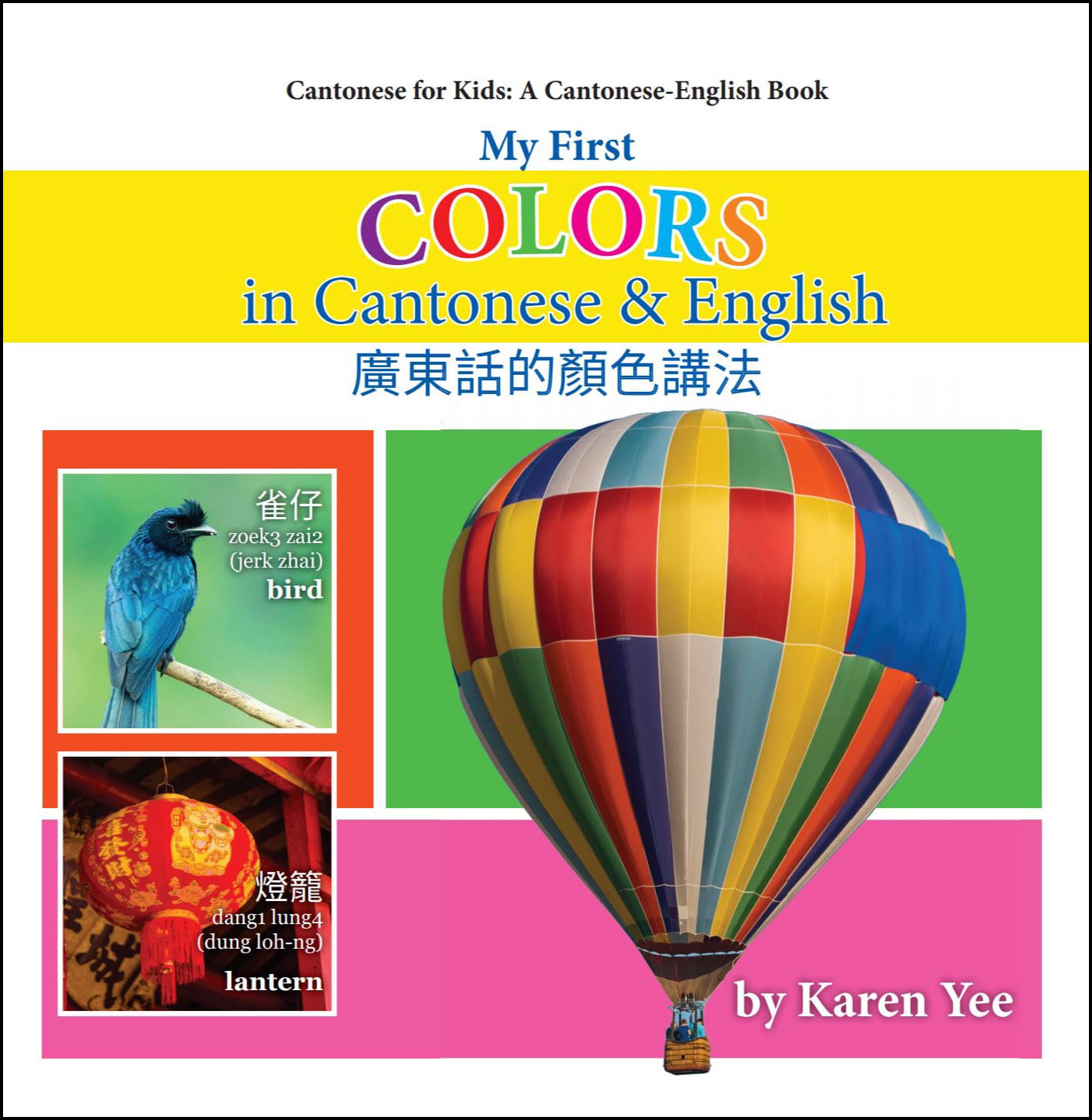
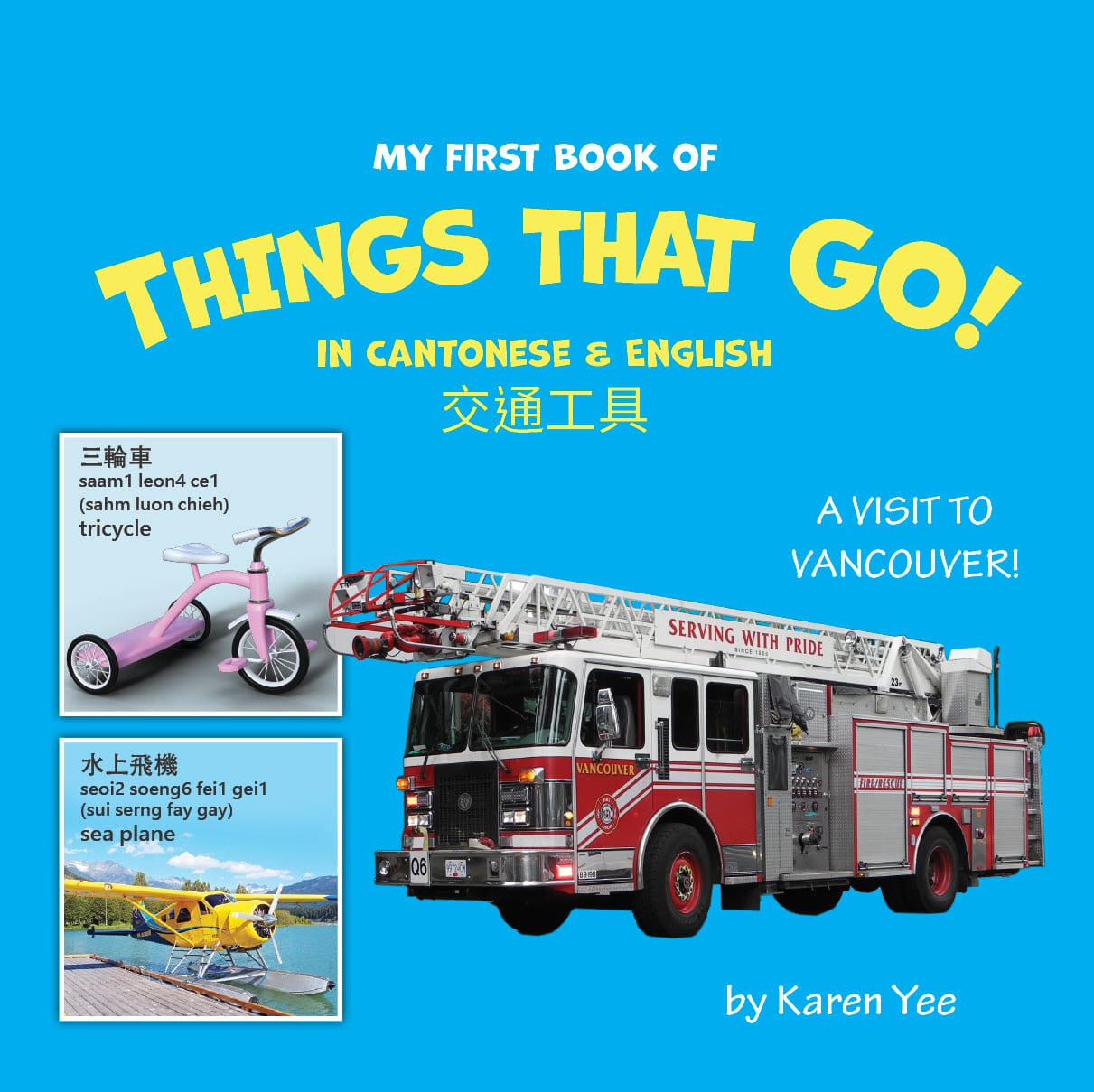

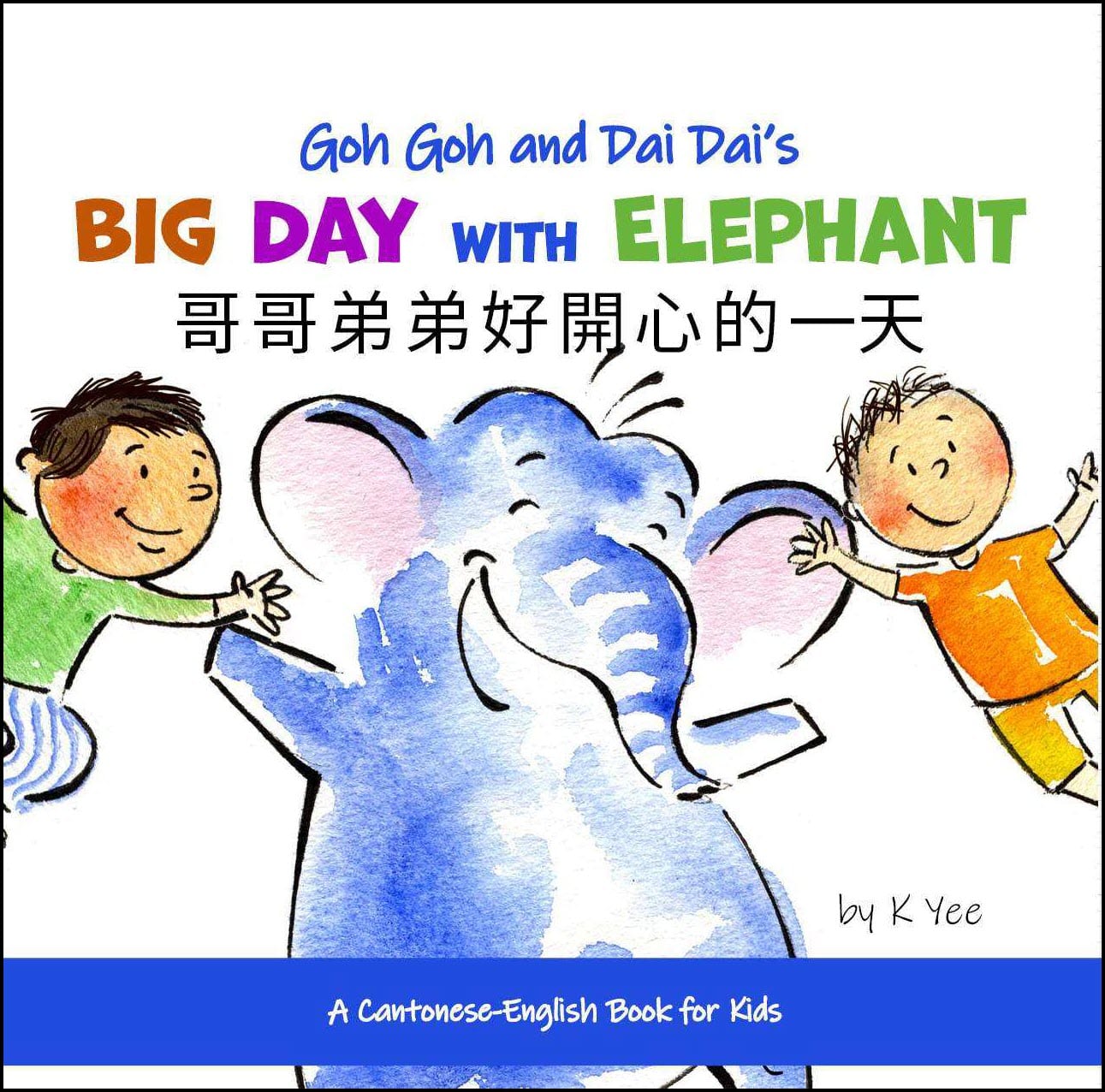
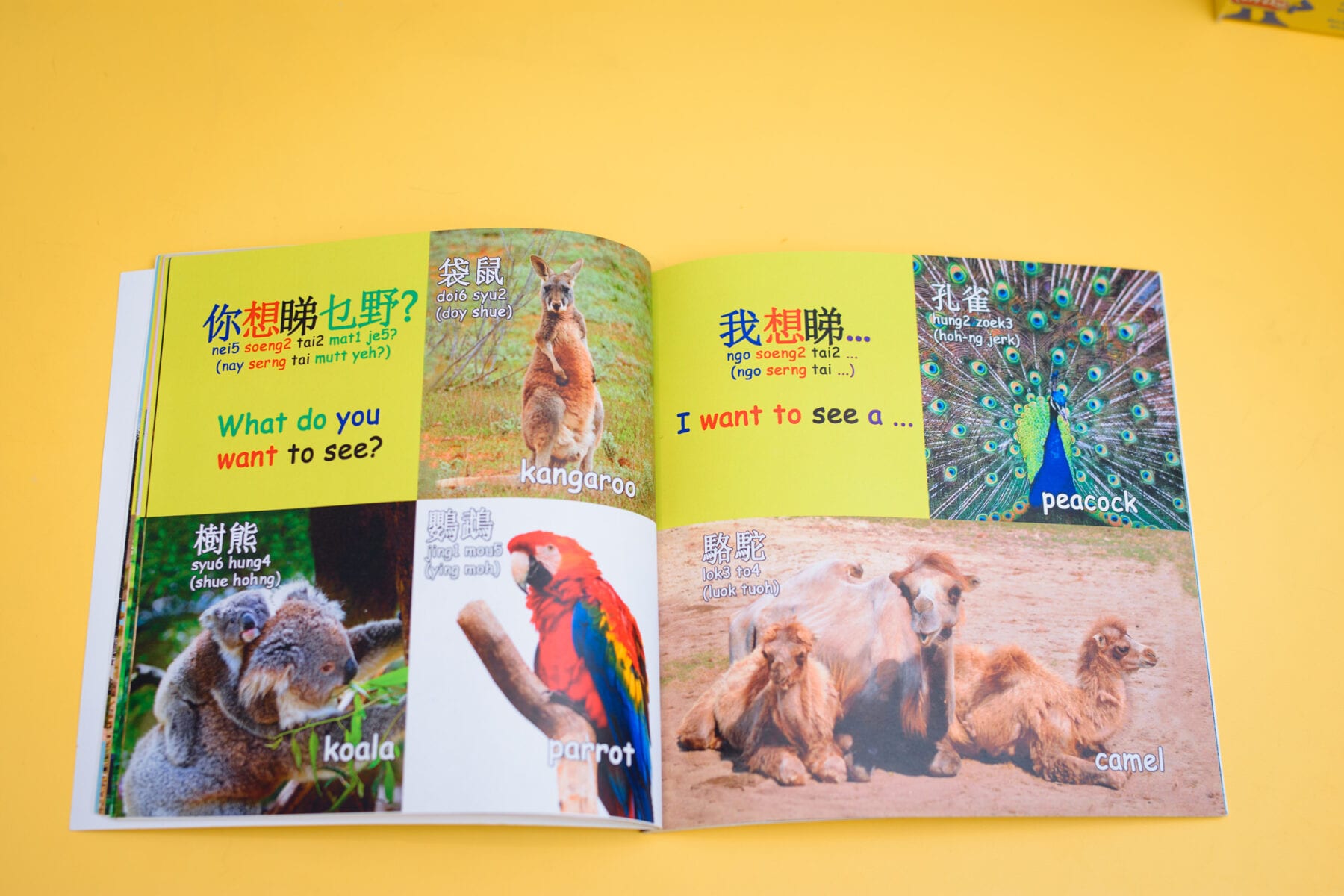
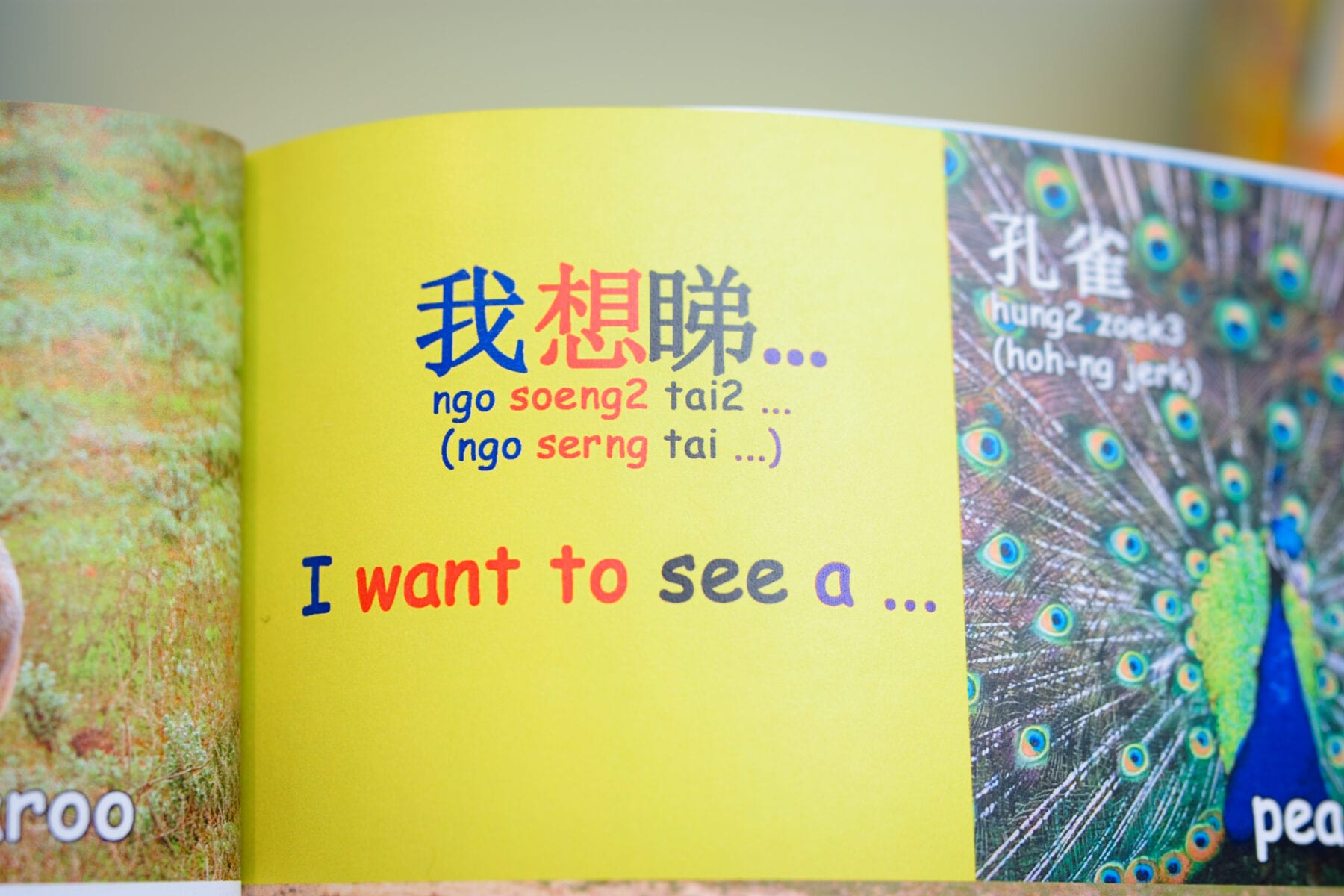
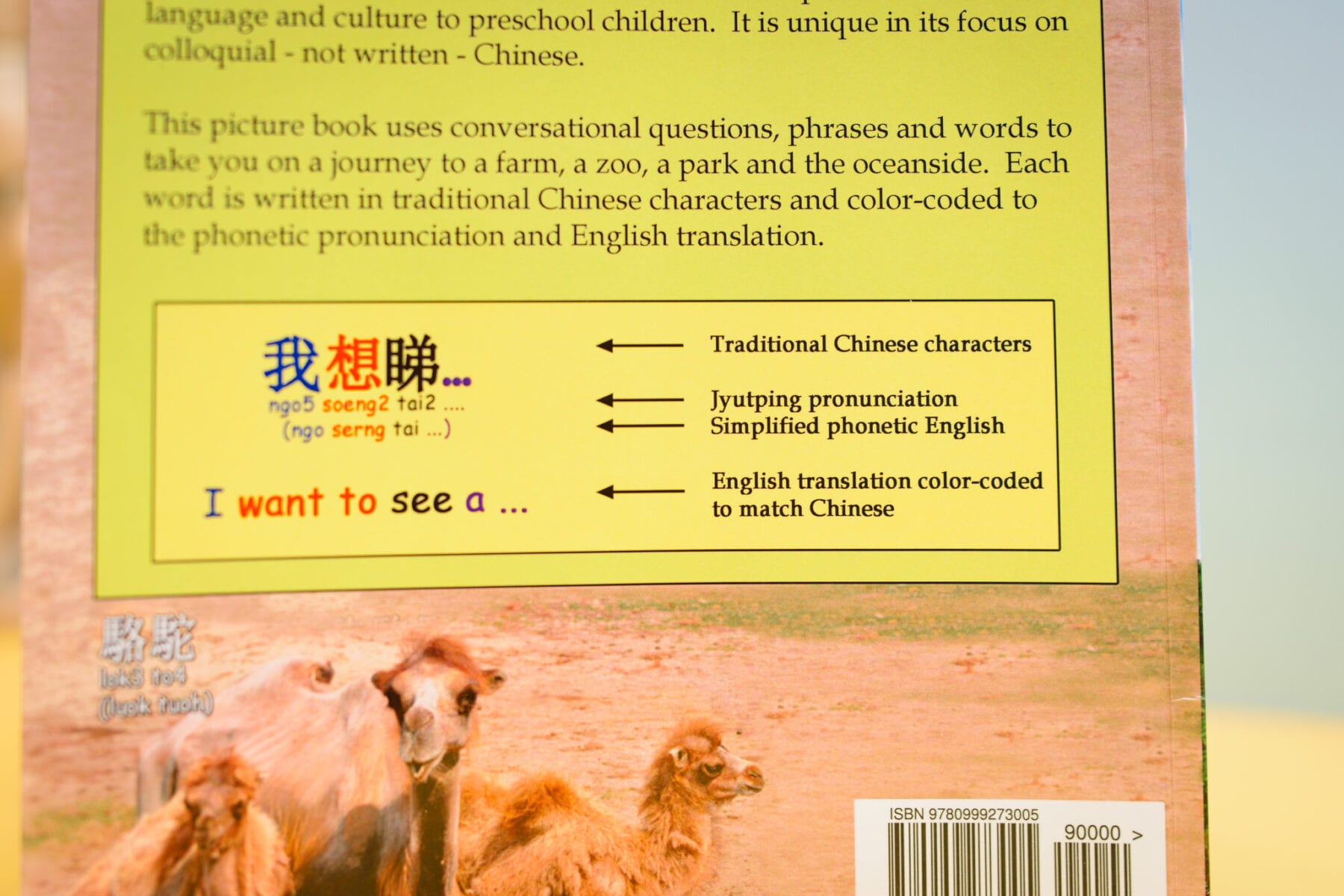
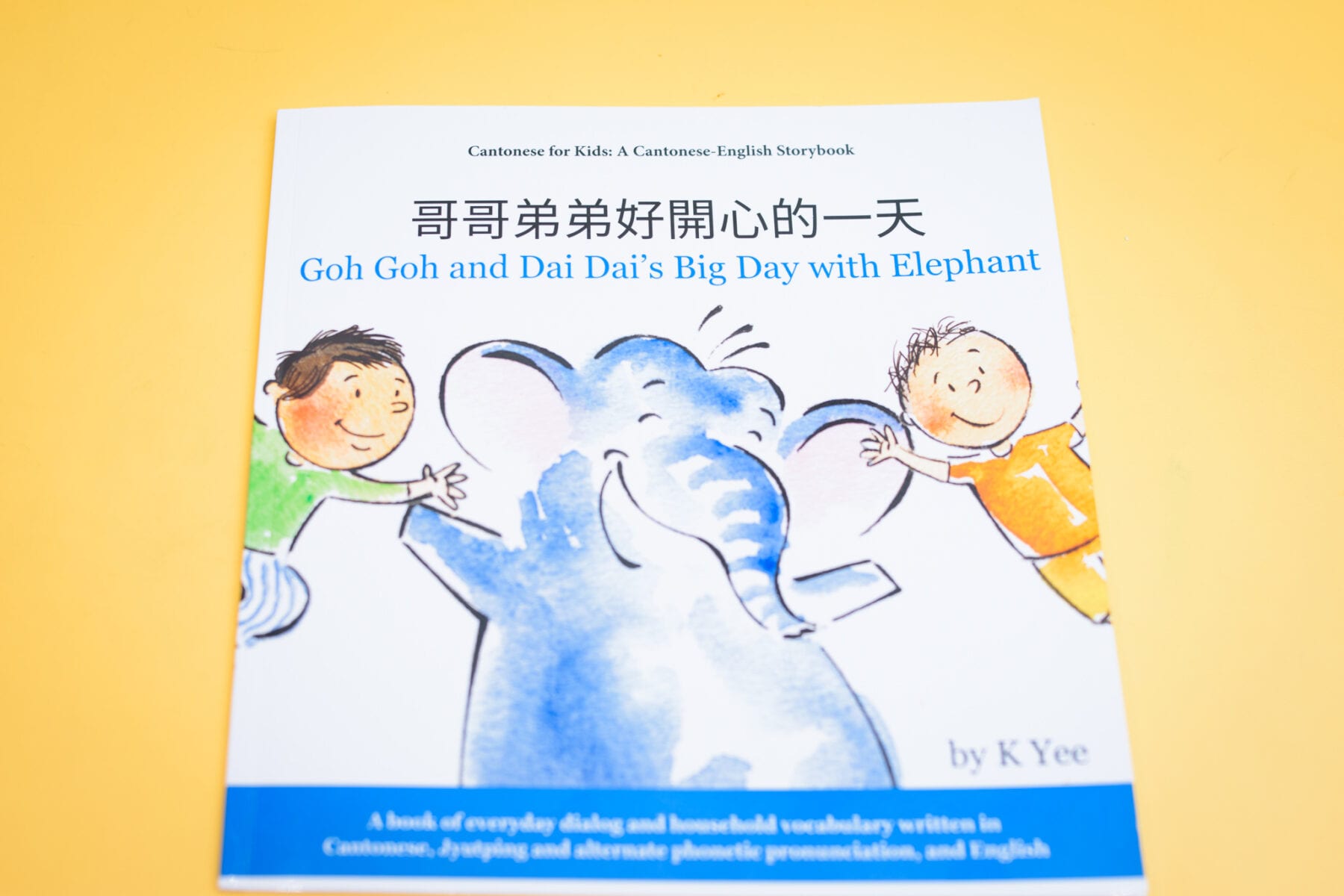
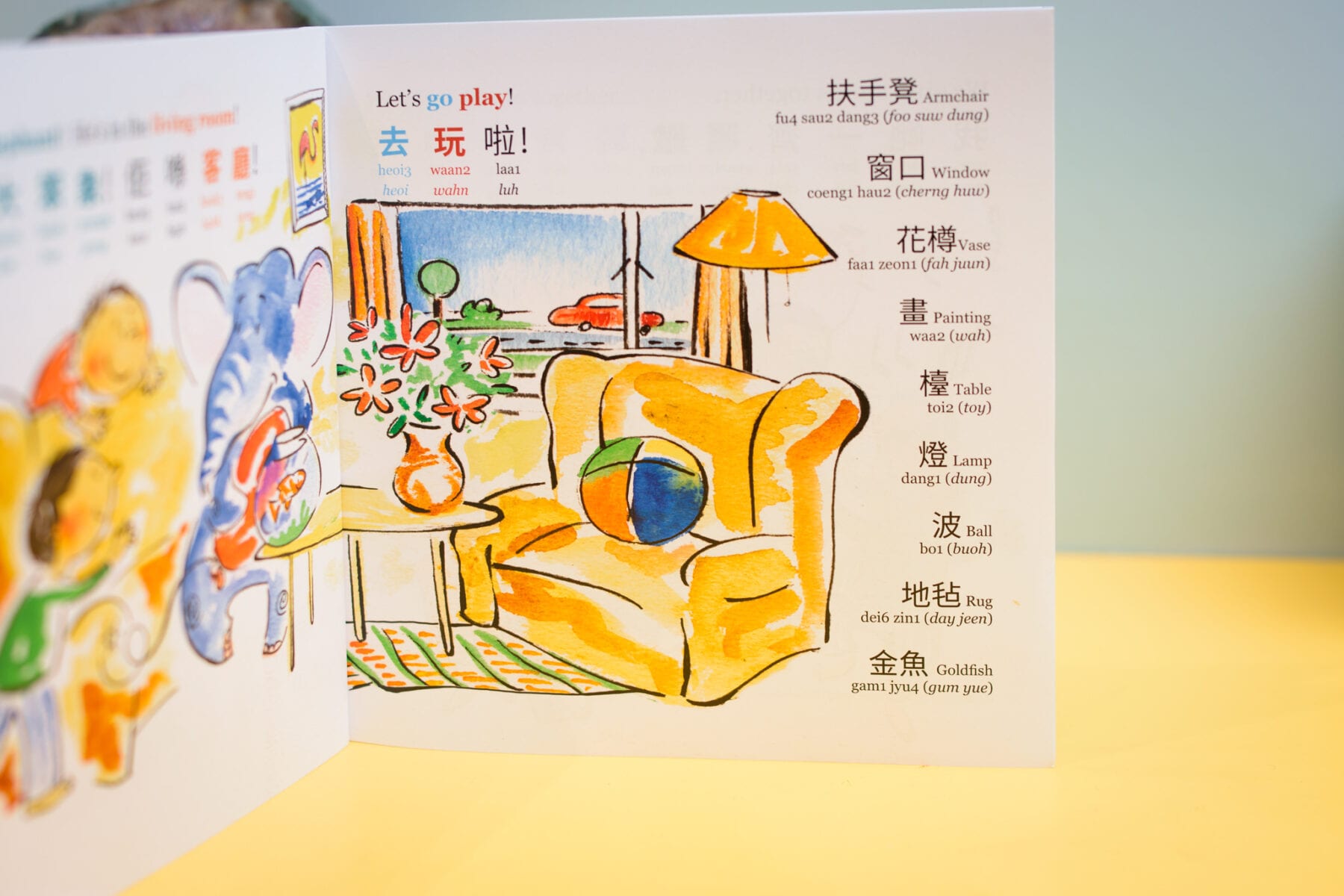

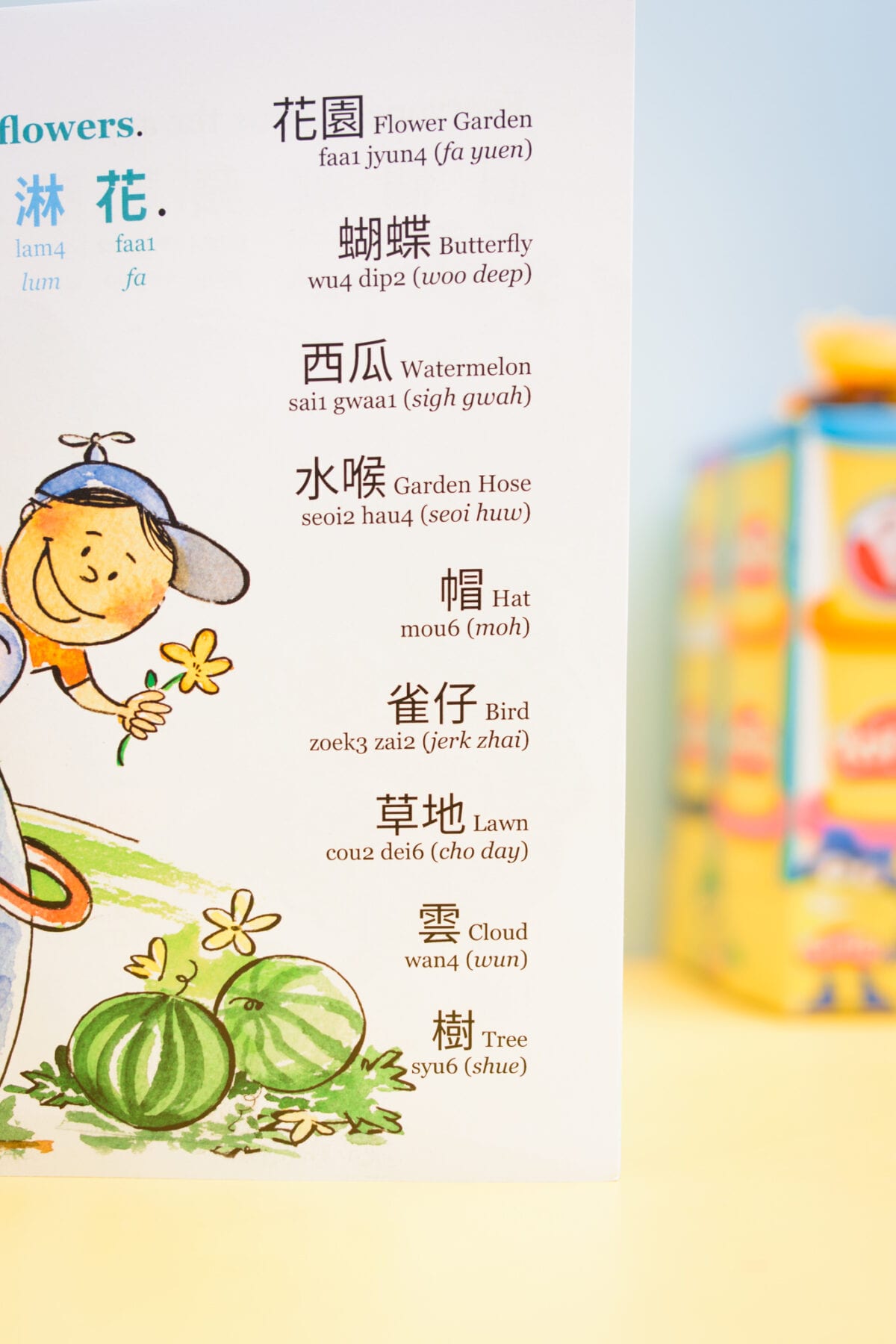
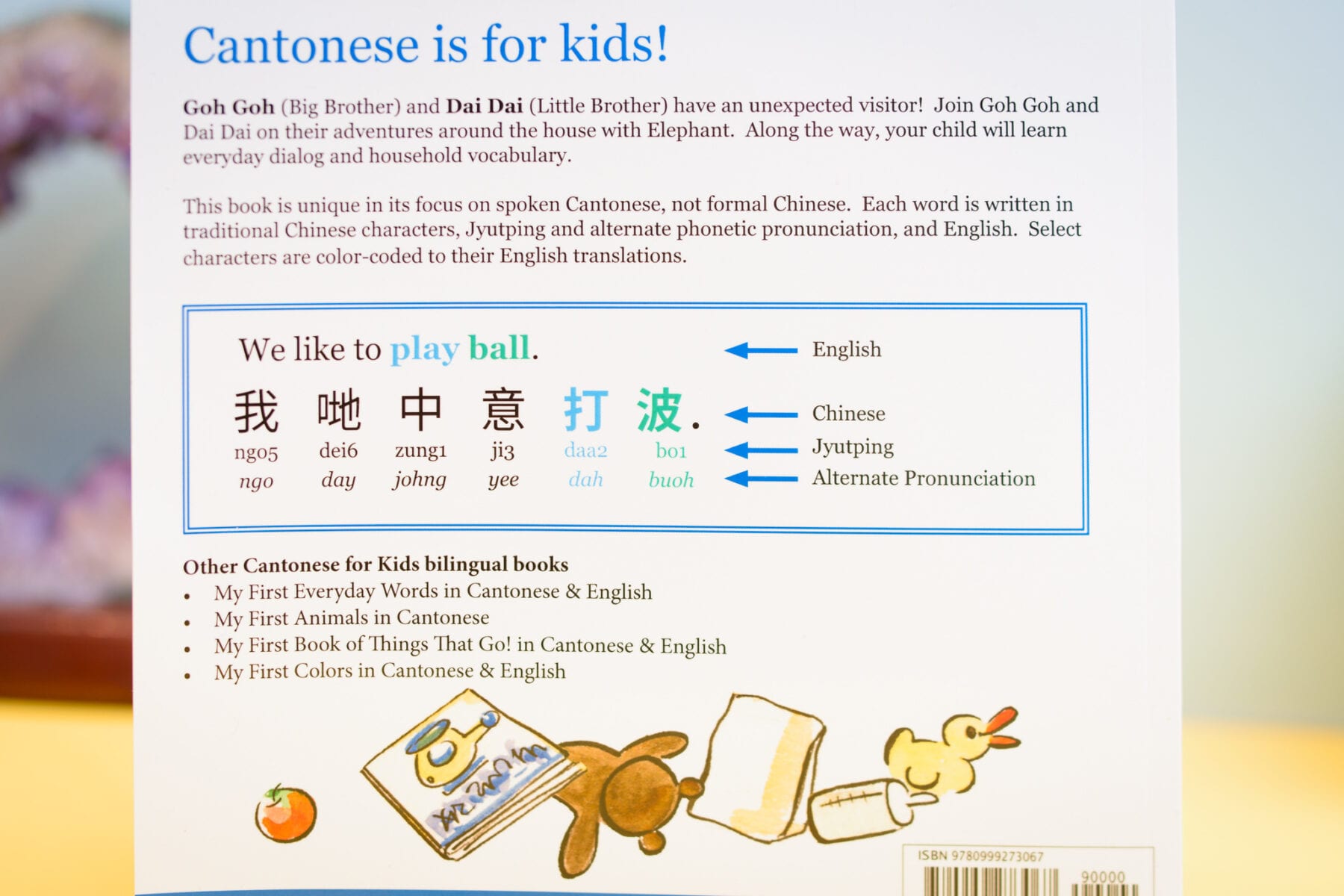
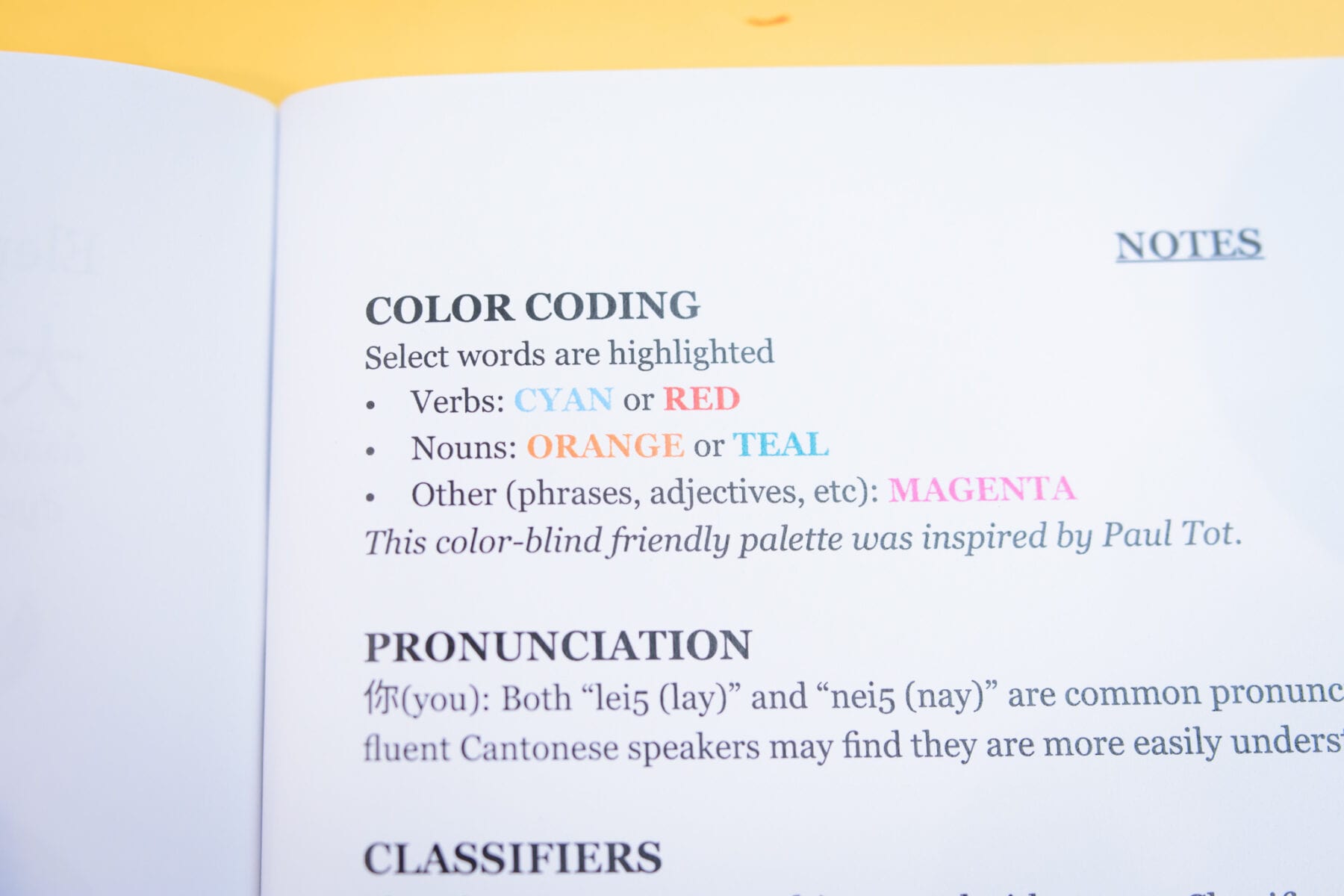
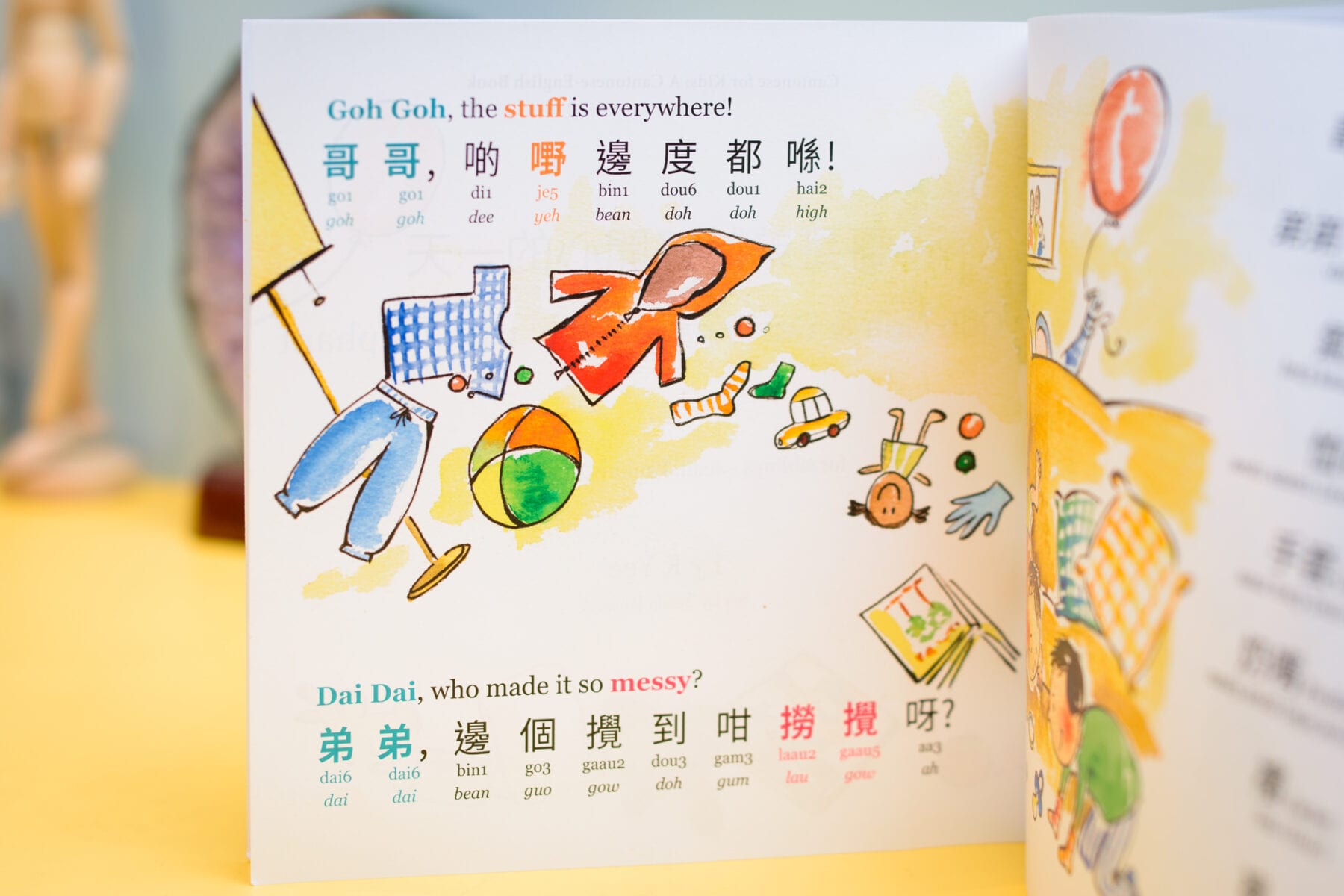
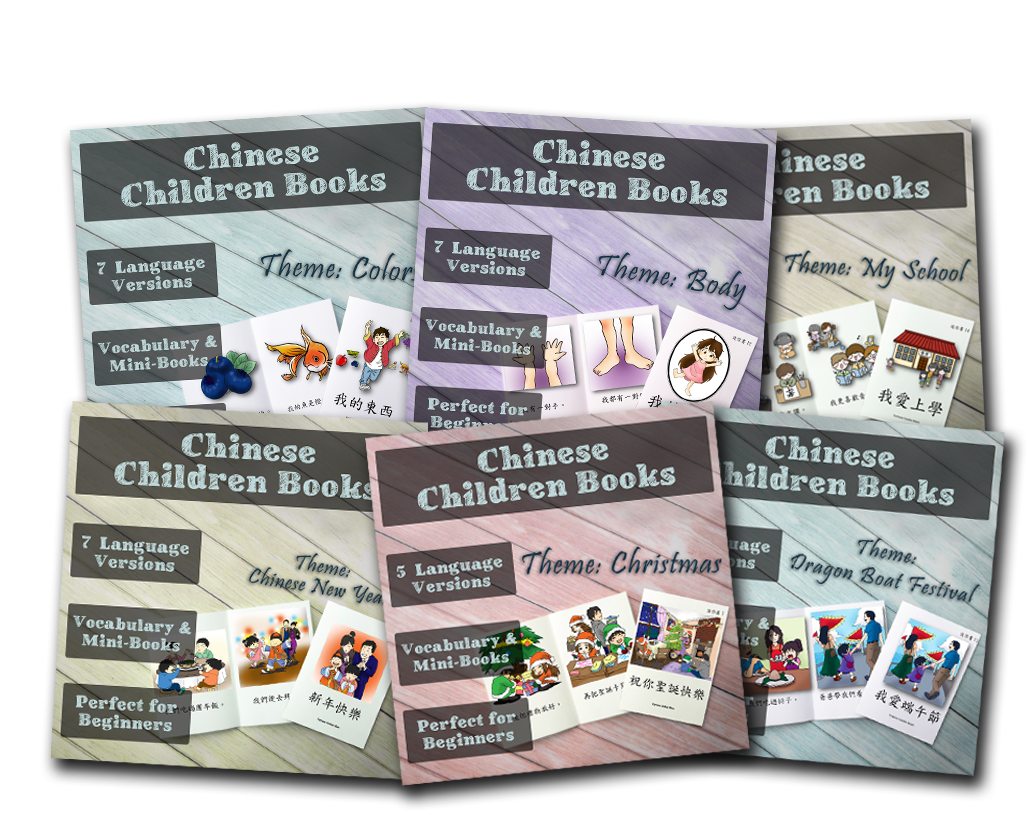
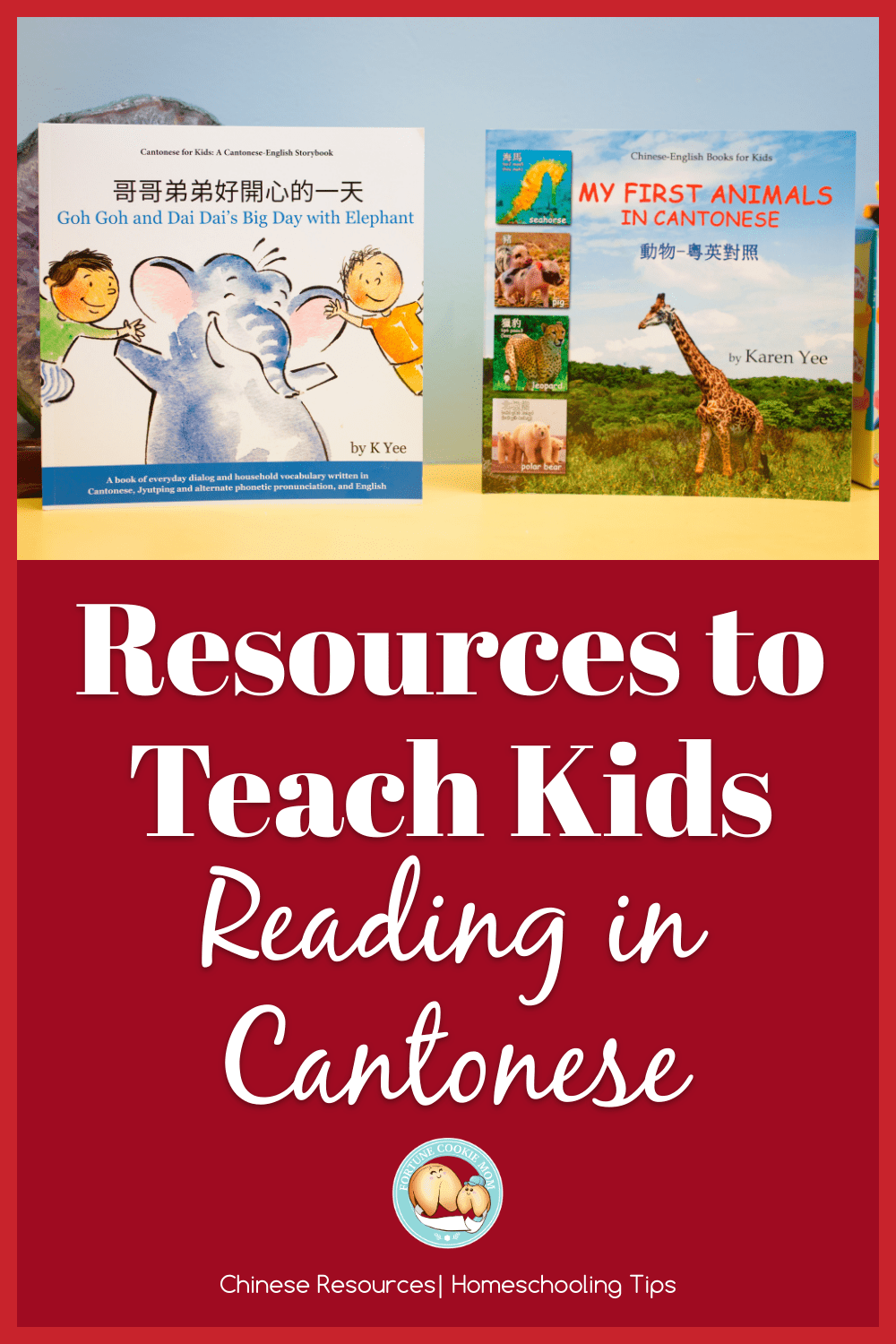
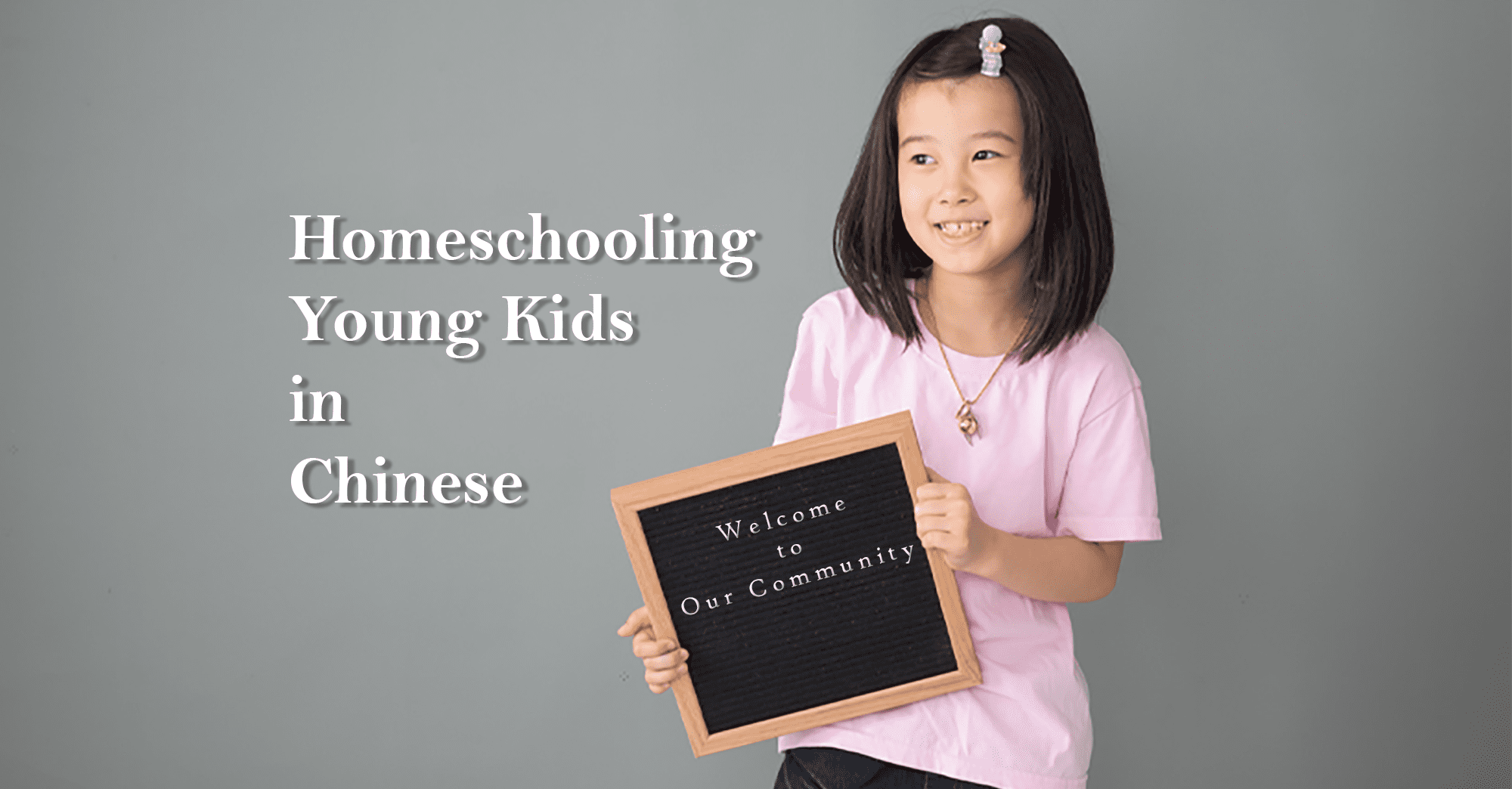

Thank you for sharing these resources! So helpful!
You are welcome, Allison. I’m glad they are helpful.
I really want our daughter to learn Cantonese so she can understand and use the language where her father grew up but my husband prefers to speak mandarin over Cantonese to her. I know you’re teaching your kids Cantonese first and then mandarin. We will be doing the opposite. Would it be very hard to pick up going the other way?
Reading your blogs have been helpful as I am not a native-Mandarin or Cantonese speaker.
Jamie, yes, it will be harder because Cantonese has more tons and harder to learn. BUT, it is possible still. I think it’s better for you and your husband to teach the most native language to your kids first. It’ll be easier for the parents, so do the kids. So I don’t think there will be a problem at all. Go for the Chinese language that you both feel more familiar and confident first, so your kids can learn the language and culture. When they are a bit older, adding Cantonese will not be too hard, may just need to work a bit harder. But I think you are going to be fine.
Thank you for your resources!
Minda, thank you so much for your support.